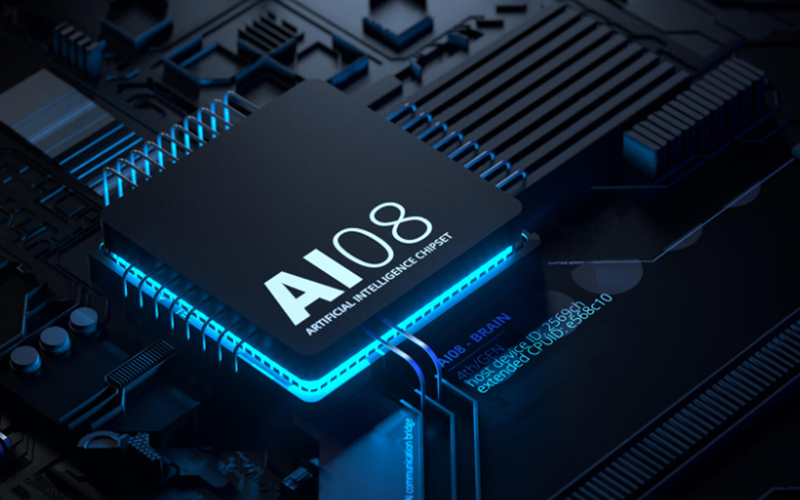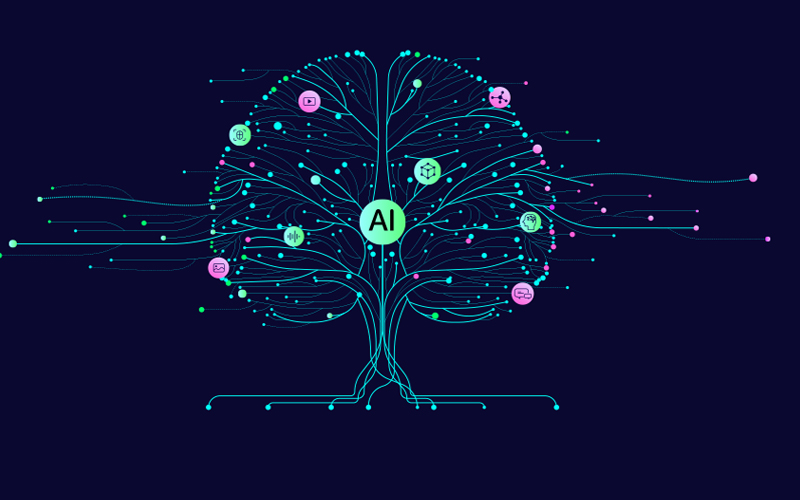Retail businesses are struggling to maintain margins. Inflationary input costs, volatile consumer sentiment, and supply-chain shocks all collide to hamper the bottom line. Static pricing ladders and quarterly inventory reviews no longer buffer the disruption. That is where multi-agent AI helps retail businesses. Multi-agent AI is a mesh of autonomous software agents that sense, decide, and act in near-real time, shifting retailers from reactive firefighting to proactive optimisation. In the next five years, the multi-agent AI market will grow at a CAGR of 45%, underscoring how fast enterprise adoption is compounding.
Multi-agent AI: From algorithms to agentic intelligence
A single optimisation algorithm solves one problem at a time. In contrast, a multi-agent AI system deploys specialist bots for each part of a task. It comprises multiple autonomous intelligent agents that collaboratively interact with each other and their environment to achieve specific objectives. Depending on the nature of the task, these agents may operate in a cooperative or competitive manner.
Continuous learning loops allow the system to renegotiate priorities instantly when a variable changes, whether that is a spike in social media sentiment or a sudden port closure. These real-time adaptations bring decision latency down from days to seconds.
The adoption of multi-agent AI architectures is gaining momentum across various sectors, driven by the need for scalable, adaptable, and high-performance solutions.
Decoding dynamic pricing and modern inventory practice
Dynamic pricing calibrates item prices to real-time demand elasticity, competitor moves, and contextual signals such as weather or local events. Inventory management with AI uses probabilistic forecasts, lead-time risk models, and shelf-life constraints to position stock precisely where and when conversion is likeliest. When pricing and inventory agents share the data, markdowns can be applied minutes after demand dips, and restocking can be regulated before stock builds into write-offs.
Traditional pricing systems vs agentic paradigms
| Legacy Rules | Multi-Agent AI |
| Weekly price files and static ladders | Continuous, profit-weighted price moves negotiated by pricing agents |
| Safety-stock buffers set by heuristics | Self-calibrating buffers driven by demand-forecast agents |
| Channel-specific optimisation (store vs e-commerce) | Holistic optimisation across stores, dark warehouses, and last-mile fleets |
| Manual overrides for anomalies | Autonomous exception handling: Humans step in only when policy guardrails are breached |
| Data silos | Shared knowledge graph feeding every agent in real time |
High-impact use cases of inventory management with AI
AI goes beyond traditional methods by offering predictive analytics, real-time insights, and automation, enabling businesses to optimise stock levels, reduce costs, and enhance customer satisfaction.
- Micro-discounts to reduce cart abandonment: A pricing agent detects a high-margin accessory in the cart and authorises a micro-markdown on the item to secure the entire order.
- Perishable produce optimisation: Shelf-life agents weigh spoilage risk against markdown elasticity every hour, cutting food waste.
- Flash-sale orchestration: Event agents predict demand surges before a social-media campaign and instruct replenishment bots to pre-allocate stock to the closest distribution centres.
- Autonomous store-level restocking: Inventory agents pull IoT shelf data, foresee a weekend spike, and trigger same-day fulfilment from a micro-fulfilment centre.
- On-the-fly bundle creation: Promotion agents bundle slow-moving SKUs with high-velocity items, boosting average order value without manual campaign setup.
Technology behind the agents
The architecture of autonomous AI agents enables intelligent decision-making and seamless operations. This stack includes various components that work in harmony to empower agents to analyse, reason, and act effectively within complex environments.
- Reinforcement learning: Agents learn optimal pricing policies through simulation and by interacting with dynamic market environments.
- Large Language Models (LLMs): By processing vast datasets, LLMs facilitate real-time decision-making, ensuring that pricing strategies and inventory levels are continuously optimised in response to market fluctuations and consumer behaviour.
- Digital twins: In agentic AI systems for dynamic pricing and inventory management, these digital counterparts allow AI agents to stress-test scenarios like demand fluctuations, supply disruptions, or competitive actions.
- Edge computing & IoT: Shelf sensors, POS feeds, and mobile apps stream data to localised agents, reducing latency.
- Knowledge graphs: Semantic relationships among products, promotions, and events give agents the context needed for coordinated decisions.
- Secure APIs and blockchain: Shared yet tamper-proof ledgers allow agents across suppliers and marketplaces to reconcile data without exposing proprietary logic.
How can Infosys BPM help ?
Retailers that embrace multi-agent AI and embed inventory management with AI will set profitability and customer-experience benchmarks. Infosys BPM deploys domain-specific assistants ranging from order management and autonomous AP agents to contract risk, sales insights, and helpdesk analysts. All assets are engineered under a responsible AI framework, blending human oversight with ethical guardrails so retailers can scale multi-agent AI initiatives.








